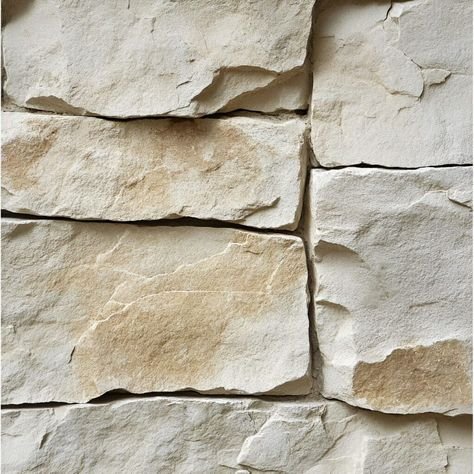The Timeless Appeal of Stone in Interior Design: A Look at Its History, Uses and Where it Sits Today
Stone has been a fundamental material in architecture and interior design for centuries, revered for its durability, natural beauty, and unique character.
From ancient civilisations to modern homes, different types of stone have played a vital role in shaping interiors that are both functional and aesthetically stunning. Let’s take a journey through the history of some of the most popular stones used in interior design and explore how they have evolved in their application today.
Marble: The Epitome of Luxury
Historical Significance: Marble has been synonymous with opulence since ancient times. The Greeks and Romans extensively used it in their temples, sculptures, and bathhouses. The Parthenon in Athens and Michelangelo’s famous statue of David showcase its timeless elegance.
Use in Interiors: Today, marble is a staple in high-end interior design, often used for flooring, countertops, and bathroom vanities. With its distinctive veining and polished finish, it exudes luxury in any space.
Market Trends: Marble remains a top choice in contemporary interior design, with an increasing preference for honed and matte finishes over traditional high-gloss surfaces. Sustainable and engineered marble options are also gaining traction as eco-conscious alternatives, and are showcased in more applications like furniture and lighting.
Granite: Strength and Versatility
Historical Significance: Granite has been utilized for thousands of years, particularly in Egypt, where it was used in the construction of pyramids and obelisks. Its durability made it ideal for monumental structures.
Use in Interiors: Granite became popular in residential interiors in the late 20th century, especially for kitchen countertops. Its resilience against heat and scratches makes it a favorite for high-traffic areas.
Market Trends: Granite continues to be a go-to material for countertops, but quartz has gained popularity as a lower-maintenance alternative. Darker shades and textured finishes are seeing increased demand.
Limestone: The Soft Beauty
Historical Significance: Limestone has been a building material since the early Egyptian period, with the Great Pyramid of Giza originally encased in gleaming white limestone. It was also widely used in medieval European cathedrals.
Use in Interiors: Limestone adds a soft, organic feel to interiors and is often used for fireplaces, flooring, and wall cladding. Its porous nature requires sealing, but its natural warmth makes it a favourite for rustic and traditional designs.
Market Trends: Limestone remains popular in high-end residential projects and is increasingly being used in sustainable building practices. Textured and tumbled finishes are preferred for a more natural look.
Travertine: The Ancient Roman Favorite
Historical Significance: Travertine, a form of limestone, was widely used by the Romans, most notably in the Colosseum. Its naturally pitted texture and earthy hues made it an architectural staple.
Use in Interiors: Today, travertine is a go-to choice for flooring, splashbacks, and outdoor pavers. Its soft, warm tones make it ideal for Mediterranean-style interiors.
Market Trends: Travertine is making a comeback, particularly in modern minimalist designs where its warm, neutral tones create an inviting atmosphere. Large-format tiles and unfilled finished furniture are trending.
Sandstone: The Versatile Natural Beauty
Historical Significance: Sandstone has been used in construction and interiors for thousands of years, with notable examples including ancient temples in India, Petra in Jordan, and European castles. Sandstone is scattered throughout Australia in abundance highlighting its warm tones and natural texture. Sandstone has made it a favoured choice for both structural and decorative applications.
Use in Interiors: Sandstone is widely used for flooring, feature walls, and fireplaces, offering a soft yet durable surface with a naturally textured appeal. In my own house, sandstone is one of the main substraights used. Its earthy hues range from beige and tan to deep reds, making it a versatile material that complements both traditional and modern interiors.
Market Trends: In contemporary design, sandstone is gaining popularity for outdoor-indoor transitions, including patios, courtyards, and statement walls. Honed and brushed finishes are in demand, while eco-conscious homeowners appreciate its natural, sustainable qualities.
Slate: The Rugged Classic
Historical Significance: Used in roofing and flooring for centuries, slate was particularly popular in colonial-era buildings in Europe and North America. Its resistance to moisture and extreme temperatures made it a practical choice.
Use in Interiors: Slate is favoured for its rustic charm, often found in flooring, wall panels, and outdoor patios. Its rich, dark tones provide a dramatic contrast in contemporary spaces.
Market Trends: Slate is still a favourite for both indoor and outdoor applications, with an emphasis on large slabs and natural, cleft finishes. Its use in fireplace surrounds and feature walls has increased in modern designs.
Conclusion: A Legacy That Endures
Stone has been a part of human civilization for millennia, and its use in interior design continues to evolve. Whether you prefer the grandeur of marble, the earthy appeal of limestone, or the strength of granite, natural stone adds character and sophistication to any space. As we move forward, the blend of traditional craftsmanship and modern innovation ensures that stone remains a staple in interior design for generations to come.
Market Overview: In today’s market, the demand for natural stone remains strong, with a growing emphasis on sustainable sourcing, engineered alternatives, and unique, high-end applications. Large-format stone slabs, textured finishes, and custom stone furniture are trending, while eco-friendly stone options continue to shape the future of interior design.






























